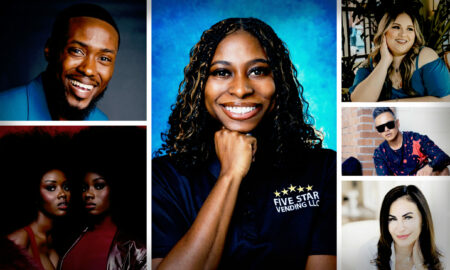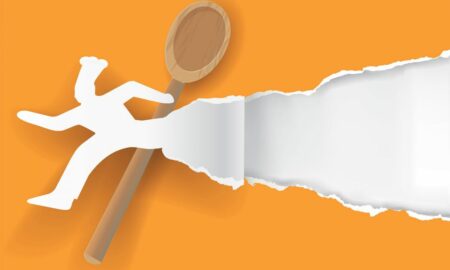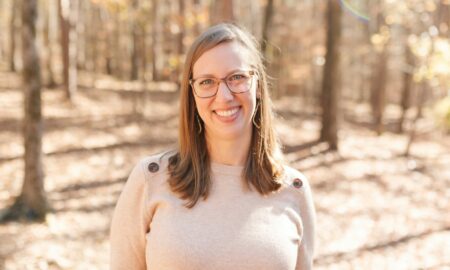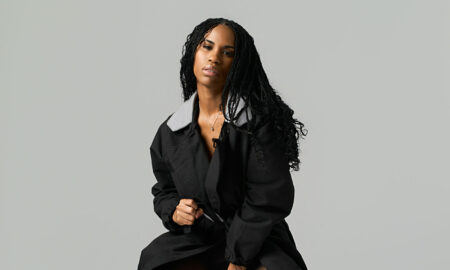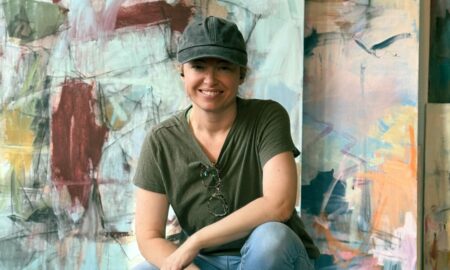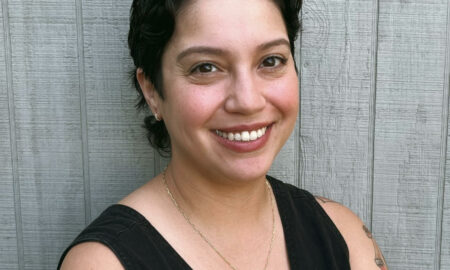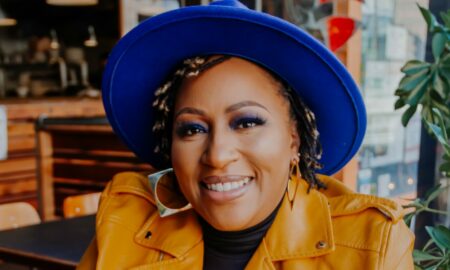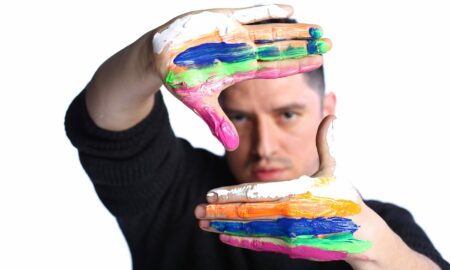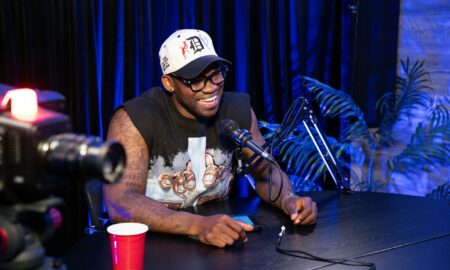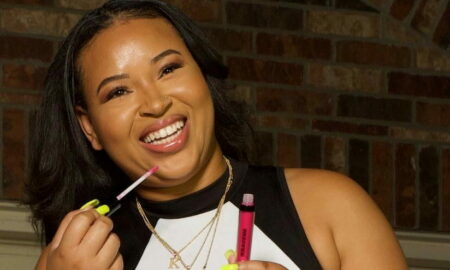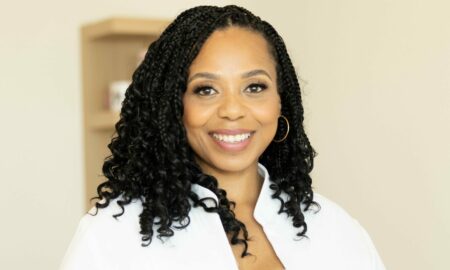

Today we’d like to introduce you to Sheena Dorton.
Sheena, let’s start with your story. We’d love to hear how you got started and how the journey has been so far.
For fifteen years I’ve been enamored by the unusual aesthetic and significance of a tintype photograph. With just a quick glance you travel through time and pick up on so many clues that unlock what life was like for those that existed 150+ years into the past – the cultural tone, the ways of society, the wardrobe – there is something so intriguing and quietly powerful about it.
The eyes in those vintage portraits were very striking to me – so much that I had to learn how to recreate it. After reading old photography books and sifting through online message boards talking about the wonders (and dangers) of cyanide and silver nitrate with other tintypists, the courage finally clicked together for me to start shooting tintypes on my own. Being self-taught has its own hurdles and risks. I don’t have a degree in photography but I do have degree in digital media. It’s kinda funny actually since I chose a career path with almost no digital means whatsoever. It took about four months to acquire all the materials. The camera came from South Carolina by a guy who restores vintage cameras for museums. The lens came from a private collectors’ estate in the Ukraine. My chemistry comes from both California and Arizona. Gathering everything was a tedious process but I had researched it all and knew exactly what I was after. No amount of photoshop can reproduce what collodion can capture (believe me, I’ll know it) and I wanted to experience the way our ancestors created tangible memories.
When the day finally came to shoot my first plate, things didn’t go as planned. My shot looked horrible and by that, I mean there was no image at all. My second shot was barely an image with light leaks coming from an old film holder from 1927. I converted to a wet plate holder. Not to mention I nearly passed out from the chemical fumes in my darkroom (the lessons you learn when you forget to use your gas mask). I was so discouraged by it but my beau and business partner Jonathan encouraged me to persist and I finally got something barely acceptable after a few dozen plates (that’s right, a few dozen). After a few months of working out the kinks of this process and with Jonathan’s help, I got better. My timing improved and my portraits kept getting brighter. I learned to mix and maintain my chemistry better. It is a hypnotic process that has tested my patience. The science is purely fascinating and the results were getting even more stunning than the last. Eventually, I set up my first pop up portrait session at Shipping and Receiving in Fort Worth and Ruby Bellows Tintype was born. As of today, I bring my portable pop-up tintype portrait booth all around the Dallas/Fort Worth area and I offer private portrait sessions in my home studio.
Great, so let’s dig a little deeper into the story – has it been an easy path overall and if not, what were the challenges you’ve had to overcome?
Definitely not, haha. There are way too many variables in this process which tested my sanity and this profession has proven not for the faint of heart. The biggest hurdle was getting over the fear of handling the chemicals involved. I’m dealing with ether, silver nitrate, cadmium, iodide, bromide, and lithium among other things on a daily basis. Earlier on I was having chemical anomalies that affected my portraits causing foggy plates and spotty images. Smaller problems more common with digital photographers come up like gear issues and not having a cooperative subject, haha. There is a steep learning curve and I’ve got to the point where I am finally confident enough to get the images I want. I think of this as more of a science experiment that has become methodical and dear to me.
Ruby Bellows Tintype – what should we know? What do you guys do best? What sets you apart from the competition?
For a short explanation, I’m a tintype photographer. I shoot with a 1915 large format Kodak camera and a lens dated back to 1885. My camera has ruby colored bellows hence the name Ruby Bellows Tintype. I practice the art of creating wet plate collodion portraits like they did back in the 1850s. It’s a portrait created directly on a metal plate – no photoshop or digital post-production – and you see it appear before your eyes. What you see is what you get, and that’s the beauty of it. Think of it as a 1850s Polaroid. Many people are so used to the hyper perfection of the digital age but that’s not what people really look like. The true and unique nature of this process makes the subject more profound and I want more people to embrace it. There aren’t many tintype photographers around and that alone sets me apart from others. The fact that many people don’t know what tintype is allowed me to introduce this historical photographic process to them. I enjoy talking about the history and science behind it and with an outcome so purely mesmerizing, it gets addictive.
What moment in your career do you look back most fondly on?
There are many small victories in this process but the biggest thing is the way a person’s eyes light up when they are seeing their image appear before right before them. That stands out above all. When they understand the precarious nature involved in what their great, great, great grandmothers/fathers had to do to capture a moment in time really amazes them. It goes to show you there is a real art involved with early forms of photography. A beauty only captured by silver and light.
Pricing:
- $60 for a 4×5 inch plate
- $75 for a 5×7 inch plate
Contact Info:
- Website: www.rubybellowstintype.com
- Email: sheena@rubybellowstintype.com








Getting in touch: VoyageDallas is built on recommendations from the community; it’s how we uncover hidden gems, so if you know someone who deserves recognition please let us know here.

